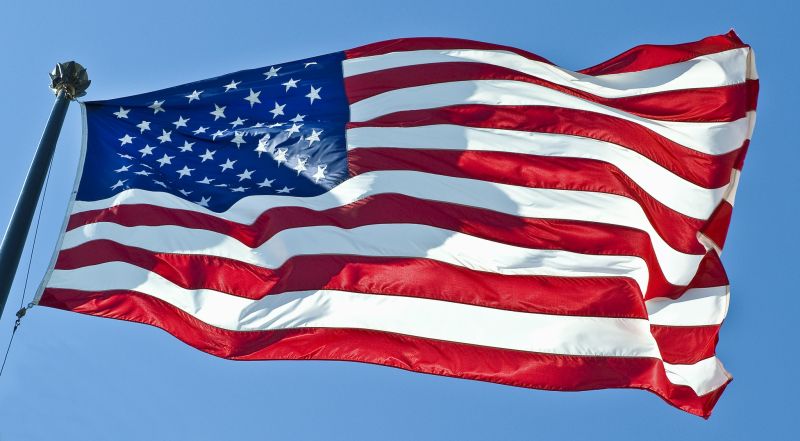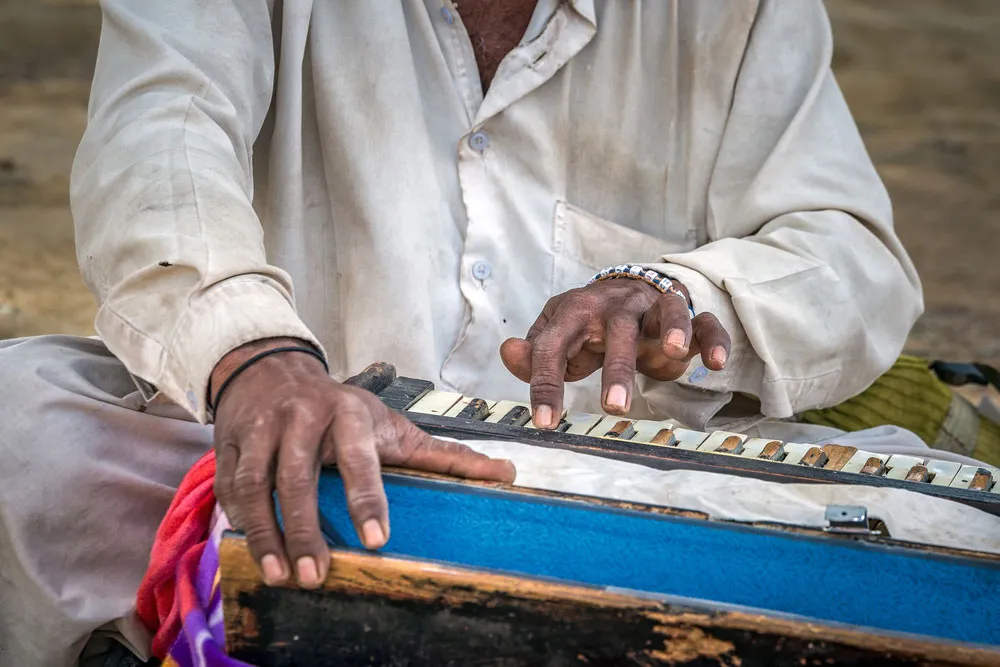ARTICLE AD BOX
As an individual or a student who wants to study in the united state of America, with no idea on how you can apply or even secure the scholarship; here in the page we are to give you the legit and genuine information and guides you may need to apply and gain your scholarship to study in the United state of America as an Eligible candidate for the offer.

USA Visa For Studies Image
However, for you to gain the offer of studying in the United state of America has never one day seen as a child pay. But as an offer from this developed and regulated country, there are needs for you to maintain the protocols, rule and regulations that governs the body. Now this is employed as an individual that is eager to study in the county i question.
Moreover, before you can get this achieved, you have to ensure that your eligibility is secured, that is to avoid you fading on the way during your application for the USA visa.
Furthermore, incase you are truly in need of the information that will assist you of gaining access to study in the United state of America with low stress Here in the page we have before now we have assured you that we are going to offer you a genuine information that will guide you tremendously on the issue.
Note, Anyone who will be studying in the United States could be issued one of the three following visa types for international students: F1 Visa, J1 Visa or M1 Visa. You may be asking, “What visa do you need to work as an international student in the US?”.
The F1 and J1 visas provide you the option of working, but they don't guarantee it. The M1 Visa, on the other hand, does not allow for employment. We've broken down each of these three types of foreign student visas so you can understand how they will affect your life in the United States.
Types of International Student Visas
F1 Visa
Academic Studies
The "F" visa is intended for academic purposes. Students enrolled in an academic program or an English language program are granted an F1 visa. In the United States, F1 visas are by far the most frequent type of international student visa. F1 students must maintain a full-time course load to maintain their designation. Part-time work is permitted under F1 classification. job opportunities on campus (fewer than 20 hours per week). Students can also work on optional practical training (OPT) for up to a year after finishing their academic degree. Students are expected to complete their studies by the I-20 form's expiration date (Certificate of Eligibility for Nonimmigrant Student Status)
J1 Visa
Practical Training
Students who need practical training that is not accessible in their home country to finish their academic program are granted a J1 visa. As long as the exchange visitor program sponsor gives approval, J-1 student status allows for equivalent employment to those of an F1 visa, with identical restrictions.
M1 Visa
Non-Academic /
Vocational Studies
A student who wishes to attend a non-academic or vocational school is granted an M1 visa. M-1 visa holders enrolled in technical or vocational programs are prohibited from working throughout their education. Applicants for M-1 student visas must show that they have adequate finances on hand to cover all tuition and living expenses for the duration of their proposed stay.
Living with your Student Visa in the USA
Remember that you cannot work in the United States unless you have been granted a teaching or research assistantship as you begin to consider financial possibilities for your educational and
living expenses in the United States. Working while on a student visa is prohibited by immigration restrictions, and submitting proof of your financial resources is required.
You can't count on possible earnings. The income on which your application is based must be guaranteed, and it must be equivalent to or more than the costs of your first year of study.
To ensure that you have a rewarding educational experience in the United States, careful long-term and short-term planning is required. You will be better able to appreciate the fascinating academic and cultural experience of living and learning in the United States if you are realistic about your financial demands.
Obtaining your Visa
You must first examine your university's admission policies before putting together your application for a student visa. Remember to keep the following points in mind:
Academic Qualifications
Each institution has its own set of academic requirements. Your school's criteria will be communicated to you. If you're still looking at different institutions, the USA School Search can help you look into overall academic standing and test results.
Stability of the Economy
You'll have to demonstrate that you can sustain yourself without working.
Health Care Coverage
If you require medical care, you may be required to present proof of health insurance to cover any medical expenditures.
Although visa applicants may apply at any US consulate overseas, obtaining a visa outside of the nation of permanent residency may be more challenging.
Please see the F1 Visa Application Process section for further information on the application process and tips on how to prepare for your visa interview.
Your Arrival At A Port Of Entry In The United States
You should be aware that even if your visa is approved, admission into the United States is not guaranteed. CBP [Customs and Border Protection] has the last say on whether or not you are allowed to enter the United States. The CBP is also in charge of determining how long you can stay in the United States.
A CBP official confirms Form I-94, Record of Arrival-Departure, which indicates the period of stay allowed, at the port of entry. When you enter the United States, you will be given a little white card by US Customs and Border Protection. The form I-94 is your visa to stay in the United States.
How Long Can You Stay in the United States? Following Graduation
Students holding F visas must leave the United States within 60 days of the program end date specified on Form I-20, according to US immigration law. Students on J and M visas must depart the United States within 30 days of the program end date specified on their Form I-20. If you want to stay longer in the United States, you can apply for a visa extension on the US Citizenship and Immigration Services (USCIS) website. We urge that you look into your visa alternatives after graduation before requesting a visa extension.
How to Modify Your Visa Status
Your plans may change while you are in the United States, and you may need to amend your visa status. You do not need to apply for a new visa if you want to do this at any time while in the United States. You must apply to USCIS to modify your nonimmigrant status. We recommend informing your Designated School Official (DSO) of your desire to change because it's critical that your school is aware of any changes to your nonimmigrant status, and your DSO can assist you with the process.

.png)


.png)


.png)
 English (US) ·
English (US) ·